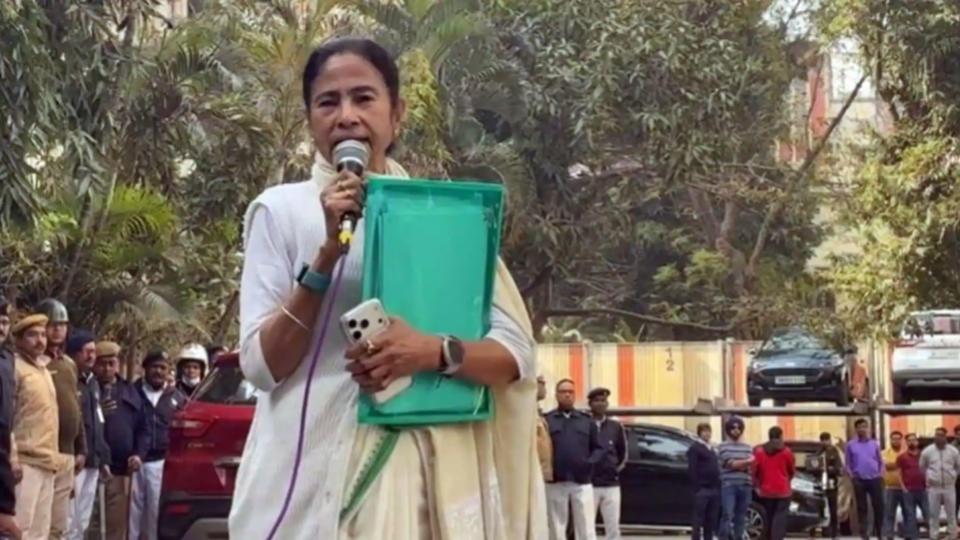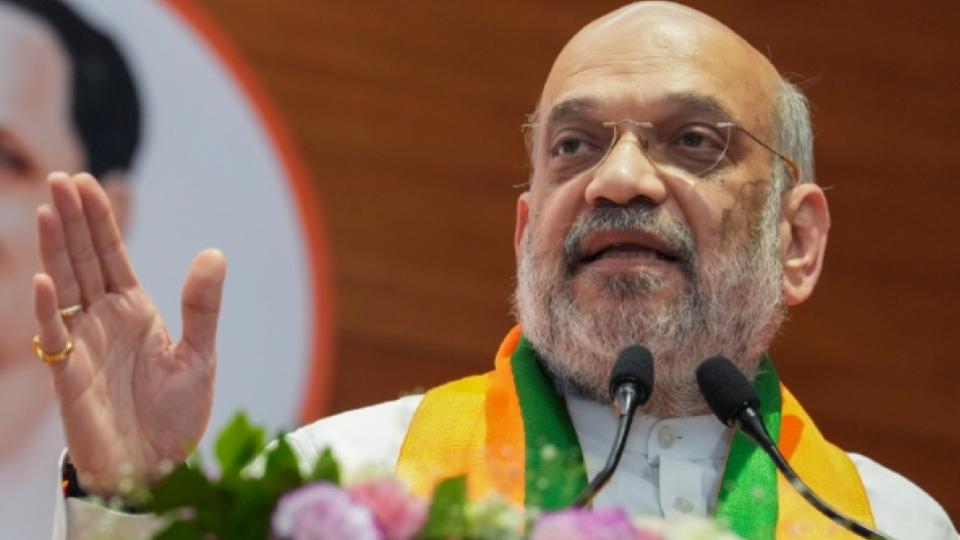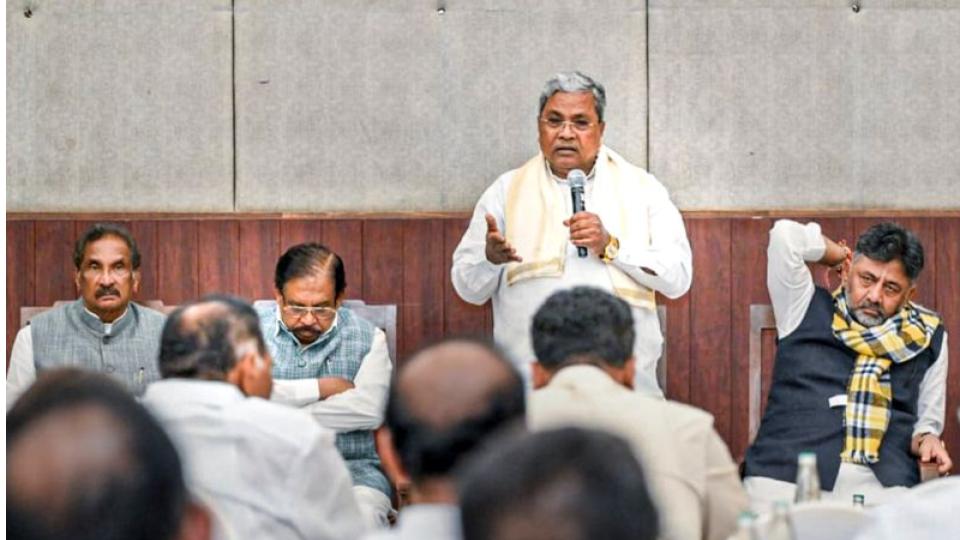$100 billion household savings will come into stocks in 2017: Go make money!
Wed 30 Nov 2016, 19:07:02
NEW DELHI: Calendar year 2016 has been exceptionally good for the domestic mutual fund industry. The next year promises to be an even better one, as retail investors flock to the equity market to chase higher returns.
Following the demonetisation drive, various public sector banks such as SBI have slashed deposit rates by 15-25 basis points. A fall in deposit rates would bring down relative attractiveness of bank fixed deposits and other fixed income instruments.
To beat inflation and still create alpha for a portfolio, market experts are suggesting investors to shift some of their saving towards to the equity market. SBI now pays 6.5-7 per cent on its fixed deposits.
As deposit rates fall, equities and equity-related instruments are likely to hog limelight and physical assets such as gold and real estate are going to become less lucrative. Investors are likely to shift some of their savings to the stock market via mutual fund or direct equity route.
Recent data showed the process has already started. November is expected to be a good month for the mutual fund industry, with mobilisation from retail investors likely to cross Rs 12,000 crore, the second-highest this calendar.
Some rough projections show household savings towards equity markets could touch $100 billion in the times to come from $25 billion at present.
"Allocations continue to come to equities and redemptions have come down. If you look at the mutual fund industry, October was a month where redemptions were there, which ensured that net inflows were not high,” Chintan Haria, ICICI Pru AMC, said in an interview with ETNow.
“In November, redemptions have come down significantly. So whenever the market has fallen, we are not seeing redemptions (this is a good sign). Back-of-the-envelope calculations show of the $500 billion household saving every year, we have $25 billion coming into equity market. With just 5 per cent allocation to equities, we have not seen a significant fall in domestic money," he said.
Retail schemes of MFs witnessed a net inflow of Rs 12,779 crore in October, the highest inflow this financial year, compared with a net inflow of Rs 7,018 crore seen in September and Rs 7,023 crore recorded in October.
Retail
investors have been pouring money in equity mutual funds continuously through the SIP route. SIPs account for Rs 3,800 crore of equity inflows every month, with 7 lakh new accounts being added every month.
investors have been pouring money in equity mutual funds continuously through the SIP route. SIPs account for Rs 3,800 crore of equity inflows every month, with 7 lakh new accounts being added every month.
“Indian households would invest over $100 billion in equities directly and through mutual funds in 2017. Almost 50 per cent of them will be first-time investors!,” Porinju Veliyath, MD & Portfolio Manager at Equity Intelligence India, said in a tweet on Tuesday, November 29.
The maturity of Indian investors can lead to significant wealth creation. History suggests during March 2016 when the market was at a 52-week low, there was a net outflow of Rs 9,500 crore, and when the market was at 52-week high in October, there was an inflow of Rs 11,000 crore.
“We believe calendar year 2017 will be the year of biggest domestic liquidity-driven rally in the history of Indian capital markets,” Jimeet Modi, CEO, SAMCO Securities, told ETMarket.com.
“Demonetisation is a blessing in disguise for capital market, wherein a large amount of domestic savings will get channelled to financial markets by providing risk capital to companies coming out with IPOs and FPOs. This will boost GDP numbers to everyone's surprise," he said.
The low-return environment that India seems to be trapped in may get a breather in 2017 thanks to better equity valuations and growth may bottom up after initial hiccups due to demonetisation and earnings recovery.
"Superior growth prospects, a shift in funding mix to FDI, better terms of trade, reforms and a domestic liquidity supercycle for stocks are driving India’s PE premium. India’s overweight position in emerging markets portfolios has eased to a 36-month low,” Morgan Stanley said in a report earlier this week.
"We think there is a case for a big asset allocation shift for domestic investors to equities – the last time an equivalent valuation opportunity in favour of equities arose was in June 2013. The valuation of the Indian market is at a 26-month low compared with other emerging markets,” it said.
Morgan Stanley’s base case scenario for December-2017 Sensex target is 30,000 while in a bull case scenario, it would be at 39,000.
"We think there is a case for a big asset allocation shift for domestic investors to equities – the last time an equivalent valuation opportunity in favour of equities arose was in June 2013. The valuation of the Indian market is at a 26-month low compared with other emerging markets,” it said.
Morgan Stanley’s base case scenario for December-2017 Sensex target is 30,000 while in a bull case scenario, it would be at 39,000.
No Comments For This Post, Be first to write a Comment.
Most viewed from National
Most viewed from World
AIMIM News
Latest Urdu News
Most Viewed
May 26, 2020
Can Lionel Messi's visit boost Indian football?
Latest Videos View All
Like Us
Home
About Us
Advertise With Us
All Polls
Epaper Archives
Privacy Policy
Contact Us
Download Etemaad App
© 2026 Etemaad Daily News, All Rights Reserved.





































.jpg)
.jpg)
.jpg)


